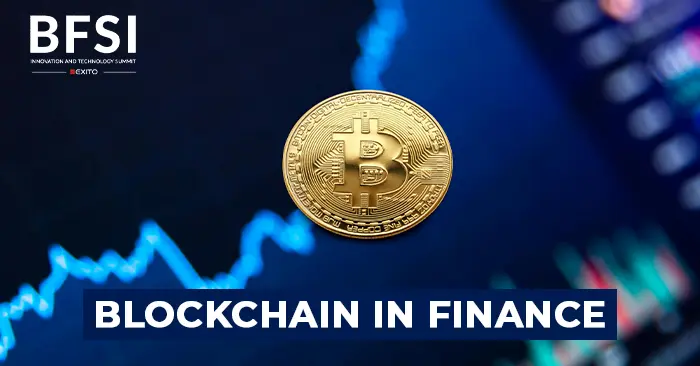The financial industry is evolving at a rapid pace, all thanks to technological advancements and increasing customer demands. If we were to discuss about one such innovation that has swept through the financial institutions and banking sectors, it would be the emergence of open banking and the development of APIs. Recent studies have revealed that the open banking market is anticipated to reach almost 159 billion US dollars by the year 2032, and currently open banking has a market share of nearly 45 per cent, which is a huge number altogether.
Now what exactly are Open APIs? APIs are basically a set of tools through which data is shared between different platforms. In open banking, APIs let third-party applications to retrieve financial data pertaining to the customers, thereby enabling them to create banking and financial services and products that cater to the needs and preferences of the customers.
The whole concept of open banking, that’s making a dynamic revolution in the finance industry, is purely based on the regulations such as The Payment Services Directive (P2D2), Competition and Markets Authority (CMA), and in select countries, the central banks regulates it. Together, the Open banking system as well as APIs have become the pillar of the financial industry and are equipped to uplift the fintech sector.
Benefits of Open APIs and Open Banking :
- Rise in competition:
Open banking generates more competition in the financial industry as it allows third party suppliers to offer new and inventive financial products and services. This increased competition offers great advantage to the customers by giving them access to multiple options in the financial market, as well as the banks by motivating them to improve the services that they offer.
- Better Customer experience:
The main purpose of open banking is to improve customer experience by letting banks provide products and services that are more tailored and seamlessly easy to use. For instance, third party apps create apps that allow consumers to access their necessary financial statistics and make payments without having to go through the hassle of switching between apps.
- Compliance with regulatory framework:
Open banking is regulated by various government authorities, namely Competition and Markets Authority (CMA) in the united kingdom, Revised Payment Services Directive (PSD2) in European Union, and in certain countries it’s regulated by their respective financial regulatory bodies or central banks. This ensures that financial institutions and banking systems comply with data privacy, security regulations and protection of customer information.
- Stringent data security system:
Another great advantage of Open banking is data security. By providing third-party providers with a strong regulatory framework and controlled way of accessing customer data, there’s increased data security and elimination of any kind of data breach. This further improves customer loyalty and trust in the field of finance.
- New source of revenue:
Open banking widens the opportunity for financial institutions and banking systems to have multiple revenue streams by enabling them to offer financial products and services or by sharing customer data with third-party developers, allowing for monetization.
Challenges of Open Banking and Open APIs:
As open banking and banking APIs are directly dealing with the personal data of customers, there is a possibility of challenges to occur in relation to regulatory compliance, data privacy, etc. Banks and third-party providers should carefully manage the sensitive data and keep in mind the regulatory requirements.
While open banking still faces challenges, the perks and benefits of open banking and bank APIs clearly overpower the challenges. As these technologies are largely adopted and used, more and more innovative products and services can be created to meet the rising expectations of the consumers.
Conclusion:
To summarize, open banking and API integration play crucial roles in transforming and modernizing the finance sector. By linking both banks and third party providers, customers can have great command over their finances and access numerous advanced banking and financial services which would otherwise would not have been possible.
Thus, The future of these tech-driven services holds significant potential. We are sure to see a drastic shift in the way customers interact with numerous banking and financial services.
If the above blog intrigued you to learn more about the latest tech trends and its implementation in the BFSI Sector, make sure to attend the upcoming event curated for industry experts who are on the lookout to seek tech-driven solutions from notable speakers.
To Know more about the event: https: //bfsiitsummit.com/













